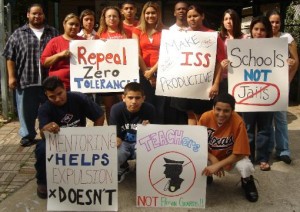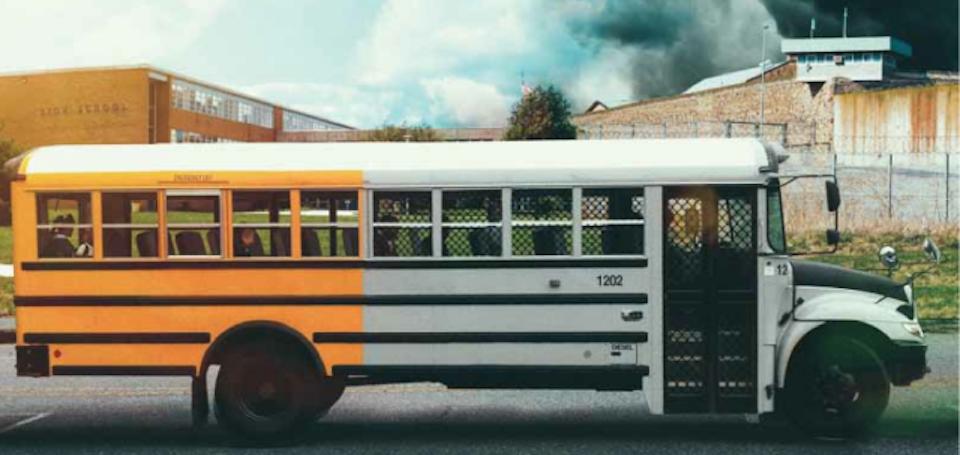
4
Grassroots organizations have formed all over the country with hopes of ending the over-reliance on harsh discipline practices, like suspensions and expulsions. Students, teachers, parents, and community members come together to create these organizations and advocate for change in school discipline policies. Not only do the groups hope to end the zero tolerance policies that push students out of school, but they also advocate for the rights of students and for the use of restorative practices as prevention measures.3 The work of the different grassroots organization have affected their respective schools and communities. For example, the Philadelphia Student Union was able to create policy changes to reduce exclusionary discipline practices and they won the right to sit on a committee at the School District dedicated to continuing improvements to the code of conduct.3 Also, the Gwinnett SToPP participated in the development of a community-based review of the disciplinary code of conduct revision.1 However, they still face challenges. Grassroots organizations must make sure to educate their community about their issue in order to have informed members. There is also the struggle of social capital because these grassroots organizations need to have a strong social network to contact and set up meetings with policymakers. They also face the challenge of funding their projects. Although the grassroots face challenges they continue working toward the repeal of zero-tolerance policies and they continue to organize community members in events that fight against the school-to-prison pipeline.
21
